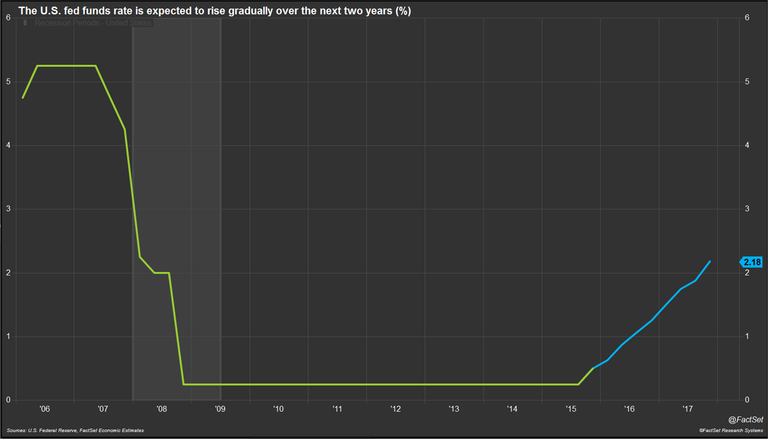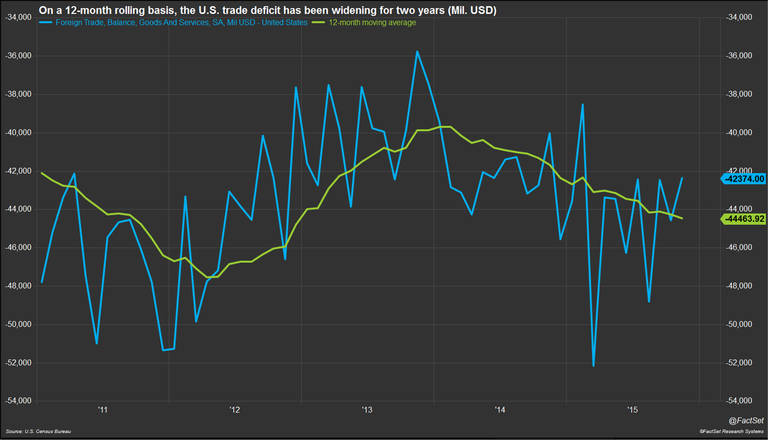2016 is off to a rough start for global stock markets. The S&P 500 is down 7.9% year-to-date, the Euro STOXX 50 is down 8.8%, and the Nikkei 225 is off 10.4%. At the center of the negative sentiment is China, where the Shanghai Composite is down 15.0% so far for the year. For this engine of growth, weak economic data and lower growth forecasts are dragging down global growth prospects. The pessimism about China’s outlook is weighing down global commodities markets as investors factor in the impact of lower demand from this industrial giant. On top of this, the Chinese yuan continues to depreciate against the U.S. dollar (USD). In August 2015, the People’s Bank of China allowed the yuan to sharply depreciate against the USD in order to deal with slower economic growth and stock market turmoil; the currency depreciated overnight by 1.8% but since early November has depreciated another 4.0%.

The dollar isn’t just strengthening against the Chinese yuan—it is appreciating against most other key currencies as well. During 2015 the dollar appreciated by 11.4% against the Euro and 5.8% versus the British pound (GBP). Even as analysts worry about the resilience of the ongoing U.S. economic recovery, the economy is outperforming most of the developed world, reinforcing the dollar’s position as a safe haven. The U.S. economy is estimated to have grown by 2.5% in 2015, ahead of the rest of the G7 and the Eurozone. Only the United Kingdom came close to that growth with a rate of 2.4%. In addition to the economic growth differentials, the dollar continues to strengthen against the so-called commodity currencies because of plummeting oil prices; in 2015 the USD appreciated by 19.9% versus the Canadian dollar (CAD) and 12.5% against the Australian dollar.

The Federal Reserve’s December increase in the Federal Funds rate further ensured continued strength in the dollar. In the face of improved economic performance, the Fed embarked on a gradual path to what is seen as a more normal interest environment, i.e. non-zero rates. Analysts surveyed by FactSet expect the Fed Funds rate to end 2016 at 1.25% and to finish 2017 just above 2%. The other G7 central banks continue to maintain their easy monetary policy, although the Bank of England is expected to start their own process of gradually raising rates in mid-2016.

Relatively strong economic performance and rising interest rates will allow the dollar to continue to strengthen against key trading partners. According to FactSet Economic Estimates, the dollar will appreciate by 6.5% versus the Euro in 2016 (1.086 to 1.020), 5.6% against the yen (120.3 to 127) and 3.2% versus the yuan (6.494 to 6.7); meanwhile the dollar is expected to weaken slightly against the CAD (4.1%) and GBP (3.0%). The strong dollar makes it hard for U.S. exporters to sell their goods overseas, and many U.S. companies have cited the strong dollar and weak global sales as the reasons behind weak profit numbers. But cheaper imports, on top of low energy prices, are a positive for the American consumer and should help to bolster overall economic growth, even as the U.S. trade deficit widens. U.S. trading partners will also benefit from the stronger dollar and this should help to spur economic growth outside of the U.S.
